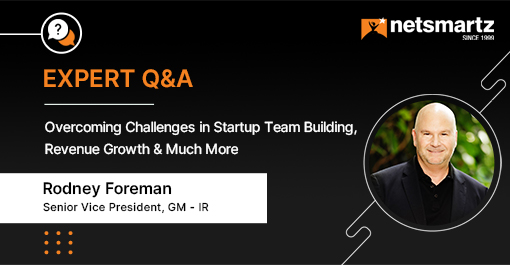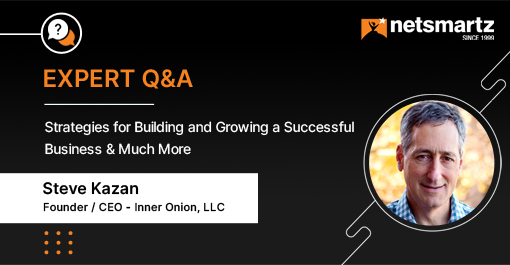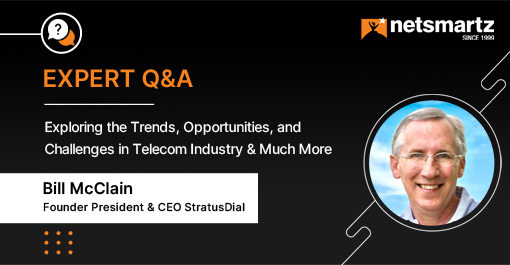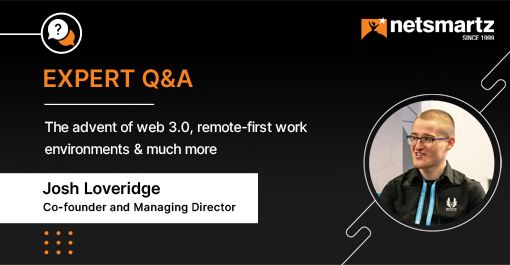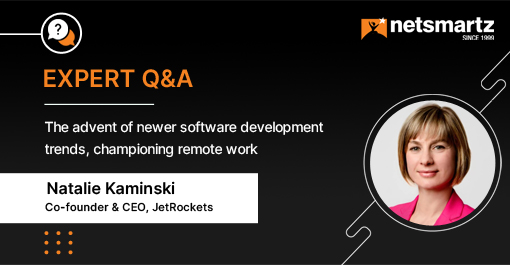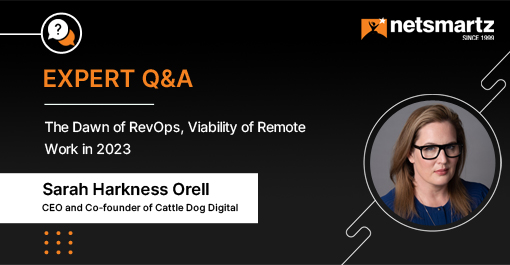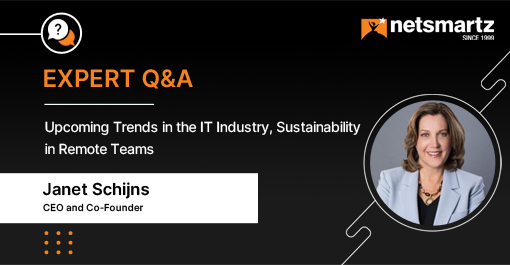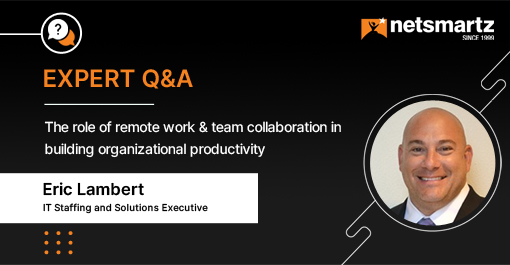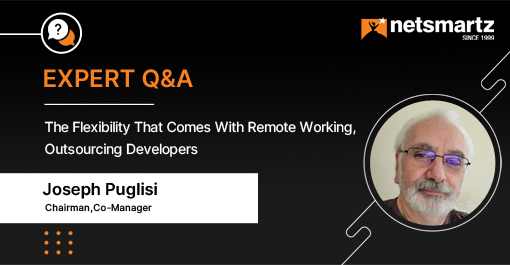Working Remotely Post The Pandemic, Using Tools To Offset Costs While Scaling

Working remotely even post the pandemic has been the reality for many and, certainly, it’s here to stay. It has helped offset costs for many companies whilst driving productivity and innovation.
We reached out to John Appleman, Senior IT Project Manager for AppleManagement Client, to hear how remote working has changed the industry drastically.
Want to contribute to our expert insights?
 About John Appleman
About John Appleman
John helps organizations improve by leveraging IT to capture business opportunities. His extensive experience in managing software package implementation and custom application development, hands-on business process re-engineering and change management, has made him an invaluable asset in every company he’s worked for. Currently, he’s the Senior IT Project Manager for AppleManagement Client.
1. It seems that COVID and the lockdowns have created shifts in the resources marketplace.
a. What do you see occurring over the short, midterm, and long term?
Continued uncertainty. Even as the pandemic lessens and eventually is no longer a defining factor for the resources marketplace, employers and employees will remember the extreme impact and need to reconsider the possibility of another impactful event. In the short term, Omicron and other variants will keep things much as they are (until there is enough global vaccination to minimize new variants). In the mid-term, I think the marketplace will move toward “normal”/pre-pandemic, but with some changes – hybrid onsite/remote work, continued increased willingness for employees to move, likely increased employer flexibility on engaging employees (i.e. part-time, contract, re-engage retirees, etc).
This is called ‘The Great Resignation’ because people no longer want to accept what was any longer. But in the end, they need a job to provide for themselves and their families. They, we, want a job that is fulfilling and cares about us. We do not just have to work any longer and many of us are waking up to that. That leads to the midterm phase.
This period of confusion will begin to settle down. Some companies have and will settle on policies on their want to have people in the office. That most likely will be with a hybrid option. Other companies will promote remote work, 4-day work weeks, and mental needs over work-first mentality.
In the long term, a lot of people will have new jobs that they really like and that makes for happy people which leads to great work. Those companies that put their people and their mental needs first will attract the best talent.
b. What are your thoughts, actions and opinions on the topic?
I’m advising clients to exercise increased flexibility in engaging resources. In addition to the points above, I recommend looking to service providers to provide short- and long-term resourcing and services.
2. The supply and demand in the IT marketplace have seen a change recently.
a. Have you seen this demand shift?
Yes. Employees are more willing to move and employers are finding it hard to retain and add needed resources.
b. What are your thoughts and how are you addressing the shift?
I am addressing this myself by looking for partnering opportunities — if I don’t have the resources to do so, I’ll engage a complimentary service provider. And I’m advising clients to do the same.
c. What has been your plan related to remote resources and global resourcing?
My experience with remote, including global, resourcing is mostly good. (Currently working successfully with IT personnel in both India and Poland.) So I plan to meet specific needs by augmenting local & on-site resources with remote and global resources.
Another part of planning for and executing with remote workforces is effective team management. I recently attended a Webinar on and am currently reading the book Distributed Teams by John O-Duinn, with excellent insights, based on both experience and formal research.
3. Remote working expanded massively during the original pandemic. Companies responded rapidly to adjust to the need for remote connectivity, resources, webinar technologies, communications, and the associated costs.?
a. What actions have you taken to adjust to this reality?
A key element of adjusting to these work changes is adopting more tools. In particular, communication tools that fit the team and the work are key. The team needs agreed processes for using those tools – hours to be available, which tools for each type of communication, etc.
b. What are your plans now that we are moving from a pandemic?
I expect and am planning for hybrid on-premises/remote work. Now that we have proven that remote work can be effective, employees will prefer employers who offer remote options. For employers, there is the opportunity to recruit from a broader (nearly unlimited) geography.
c. How are you addressing the new costs?
The costs of new tools, as well as the transitions “out” and “back in”, are significant but not unmanageable. With careful management and supporting employees’ (and other resources’) productivity, the costs can be recouped with work efficiencies.
4. What are your alternate considerations when thinking of expanding or scaling your operations? How viable do you think Remote work would be for your industry?
My industry is IT and business services. I think remote work, properly supported and managed, is very viable. Our focus now is remote due to the pandemic. However, I note that for many years, large companies have had headquarters and branch operations – a “natural” remote workforce.
 Wrapping Up
Wrapping Up
John’s insights and thoughts were definitely helpful as it gave us a deep dive into what it’s like to continue working remotely and hiring talent from across the globe. We hope you found this Q&A helpful and worth sharing.
Are You An Influencer?
Make Your Mark as a Thought Leader
We invite industry influencers to participate in our Q&A panel, offering the audience valuable insight into cutting-edge technology trends, platforms, and more.














